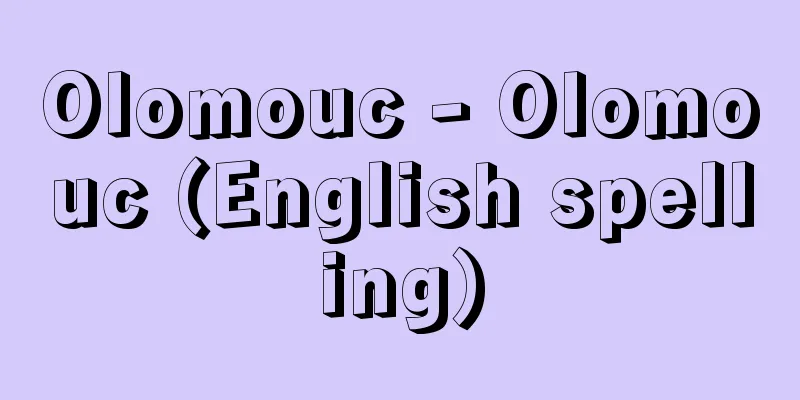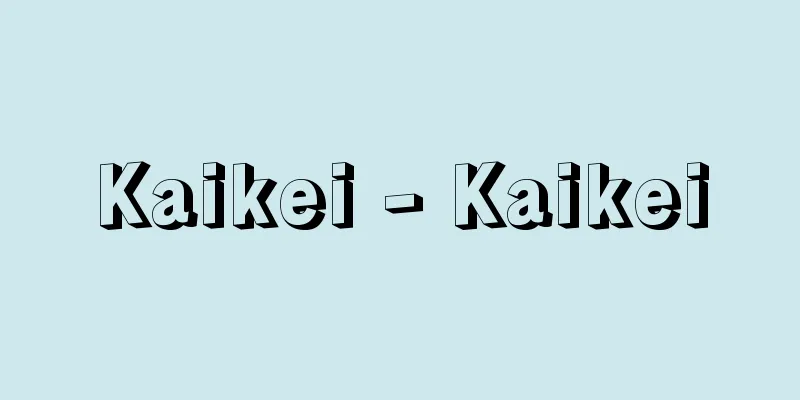Kanemi oil disease

|
This was the largest food pollution incident in Japan, caused by edible oil (rice bran oil) manufactured and sold by Kanemi Warehouse (headquarters: Kitakyushu City), which occurred in western Japan, mainly in Kitakyushu in 1968. It was called the "department store of diseases" due to the symptoms that affected the whole body, such as chloracne, pigmentation, numbness in the hands and feet, weakness, headaches, vomiting, loss of appetite, heart disease, liver damage, and kidney damage. Babies with black skin were born, and more than 14,000 victims reported the incident. Initially, the cause was said to be polychlorinated biphenyls (PCBs), which were used as a heat medium in the manufacturing process of edible oil, that had been mixed into the oil, but in 2001, the Ministry of Health, Labor and Welfare acknowledged that dioxins contained in PCBs were the causative substance. Since the criteria for certification of patients were centered on skin symptoms, only about 1,900 patients were certified. The criteria were revised after the causative substance was identified, but relief for victims remains insufficient. The victims filed a lawsuit for damages and the government was found responsible, so the government sought the return of the provisional payments it had received. In addition to suffering health damage, the victims also suffered financial hardship, but in June 2007 the Special Act on Exemption of Debts for the Repayment of Provisional Payments was enacted. (Akiro Hata, Professor, Graduate School of Business Administration, Osaka City University / 2008) Source : "Chiezo" published by Asahi Shimbun Publications Co., Ltd. About Chiezo |
|
1968年に北九州を中心とした西日本で起きた、カネミ倉庫(本社・北九州市)が製造・販売した食用油(米ぬか油)による国内最大級の食品公害事件。クロルアクネ(塩素ざそう)、色素沈着、手足のしびれ、脱力感、頭痛、嘔吐、食欲減退、心臓疾患、肝臓障害、腎臓障害など、全身にわたる症状から「病気のデパート」と言われた。肌の黒い赤ちゃんも生まれ、1万4000人以上の被害者が届け出た。当初、原因は、食用油の製造工程で熱媒体に使用されていたポリ塩化ビフェニール(PCB)が食用油に混入したためとされていたが、2001年、PCBに含まれていたダイオキシン類が原因物質であることを厚生労働省が認めた。患者の認定基準が皮膚症状中心だったため、認定された患者数は約1900人にすぎなかった。原因物質の判明により認定基準が見直されたが、被害者救済は今なお不十分なままである。被害者が、損害賠償訴訟を起こし国の責任が認められたため、受け取った仮払金の返還を国が求めており、被害者は健康被害に加えて、経済的にも苦しめられていたが、2007年6月に仮払金返還債権免除特例法が成立した。
(畑明郎 大阪市立大学大学院経営学研究科教授 / 2008年) 出典 (株)朝日新聞出版発行「知恵蔵」知恵蔵について 情報 |
Recommend
FES Treaty - FES Treaty
A protectorate treaty signed between France and Mo...
North Sea Warlords
A general term for the warlords who, following in ...
Yamaga [city] - Yamaga
A city in the northwest of Kumamoto Prefecture. It...
Alcoholic Anonymous
The American Alcoholics Anonymous (AA) was founded...
Sciaphila tosaensis (English spelling) Sciaphilatosaensis
...It is distributed from the Kanto region to Oki...
Costume illustration - Isho-e
〘 noun 〙 A picture made by cutting thick paper int...
"Ume no Yoshibei" - Ume no Yoshibei
...3 acts, 8 scenes. Commonly known as Ume no Yuh...
The King Enjoys - Ouha o shimimu
...It consists of a prelude, three acts and four ...
Club San Gakuha (English spelling) L'école de clavecin
A general term for harpsichord (clubbing) composer...
Utility model - utility model (English spelling)
It is a synonym for the device used in the Utilit...
Aqaba (fish) - Aqaba
...The body is pale pink or crimson red, with fiv...
Nasal cavity - nasal passage
The cavity from the nostrils to the pharynx is al...
El Paso
A city in the western tip of Texas, U.S.A. Populat...
Chichibu Night Festival - Chichibuyo Festival
The annual festival is held on December 3rd at Chi...
Indonesian Development Unity Party
...The Masyumi Party had influence in West Java, ...









